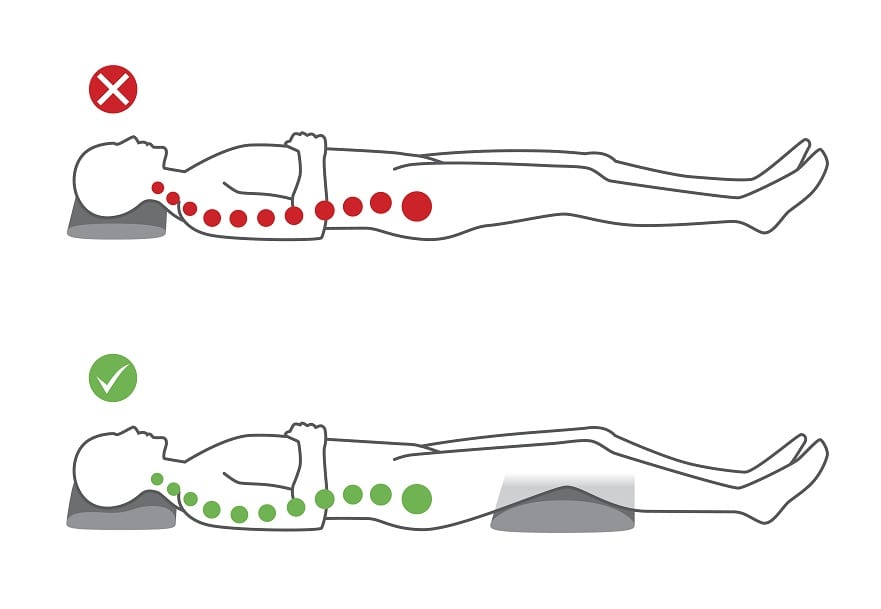by Joel Kramer Foothills Buckeye
The average person spends around one-third of their life sleeping, and if you experience trouble getting a quality amount, your health can suffer. Many common sleeping complaints include lower back pain upon waking up, waking up and your hands have “fallen asleep,” and difficulty trying to find a comfortable sleeping position. Position can play a big role in sleep and different sleeping positions may be the key to experiencing a quality night’s rest.
Types of Sleeping Positions
There are cases where a patient may have a sleep or wakefulness disorder, an estimated 50-70 million adults in the United States have such conditions. However, sleeping posture can also affect how one sleeps at night. After educating patients on the best sleeping positions, they typically come back and tell me they had a fantastic night of sleep. For all sleeping positions, it is important to keep the spine in a neutral position (i.e. avoiding excessive arching or flattening). As individual body types vary, more or less support may be needed in certain areas of the body. Experiment with the amount of support you use and see what feels best to you. With the following tips, you can set yourself up for sound sleep:

Back Sleepers
Use one to three pillows underneath your thighs to prevent arching of the low back and use one pillow under your head to keep your head in line with your spine. In some cases, use pillows underneath the arms to keep the arms in a neutral position.

Side Sleepers
Use a firm pillow between your knees to put the hips and spine in a neutral position. You may also try having your top leg slightly forward or backward to better position the low back. Use a pillow underneath your head to keep it in line with your spine. Position your bottom arm slightly forward, so you are lying more on the shoulder blade. Hugging a pillow at night can help put the shoulder and back in a favorable position. Avoid sleeping directly on the outside of the shoulder, as this can cause discomfort.
Stomach Sleepers
This is a position I typically tell patients to avoid if possible. While lying on your stomach, the low back can become arched and the head is turned to the side, which can cause discomfort. I also tell patients to avoid sleeping with the arms overhead, which can reduce blood flow and cause the arms to “fall asleep”. If you must lie on your stomach, use pillows under your head, stomach, and legs to put the spine in a neutral position. Use a towel roll or position your pillow on your forehead to keep the head in a neutral position, while maintaining proper position for breathing.
The CDC also recommends the following for general good sleep habits:
- Go to bed at the same time each night and rise at the same time each morning
- Avoid large meals before bedtime
- Avoid caffeine and alcohol close to bedtime
- Avoid nicotine
If you are still experiencing aches and pains, contact us to visit a local Foothills clinic near you to have a licensed physical therapist help determine the cause of your discomfort and recommend the best sleeping position for you.




